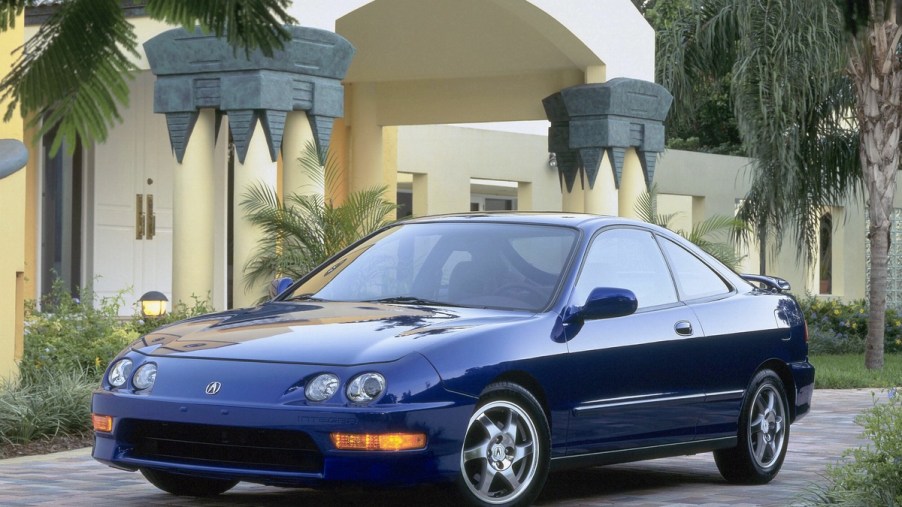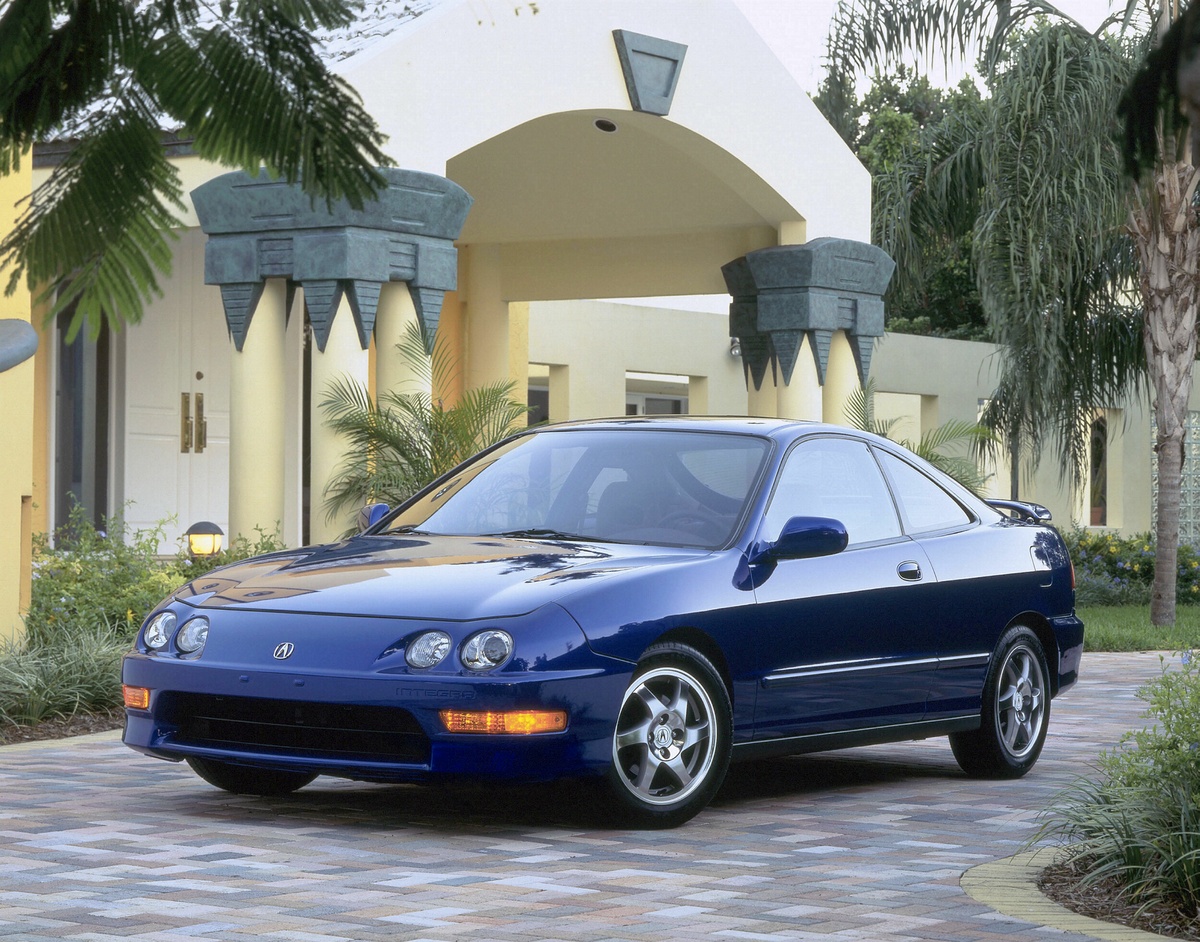
Can’t Afford a New Acura Integra? Modify a Used One to Outperform It!
There’s no shortage of disdain for the new Acura Integra. Enthusiasts of the classic Integra had high expectations upon the announcement of the Integra’s return. However, the size, door count, and overall design of the car has people split as to whether they love it or hate it. Generally, you’ll find that those stuck in the past in terms of the DC chassis Integras (the ones with four headlights here in the U.S.) aren’t all that into it. There’s great news, though; you can stay right where you’re at.
You don’t need a Type R starting point

In fact, you don’t even need a GS-R, the second spiciest of the DC chassis Integra lineup. VTEC is overrated, right?
According to The Drive, though, the GS-R is currently the play. Unfortunately, though, record-setting auction prices for Integra Type Rs have sent the prices of all Integras into a whirlwind. While a GS-R used to be relatively affordable, people are now asking north of $10,000 for clean examples. Not that’d you’d need a clean example, necessarily, if you’re planning on modifying it. Still, the prices are a bit absurd.
Stepping down from the GS-R model to the LS, GS, RS, and SE trims nets you a less upscale interior (save for the SE and its leather upholstery) and a non-VTEC variant of the 1.8-liter B-series engine found under the hood. No matter which Integra you go with, though, the technique will be the same throughout.
A great starting point is weight reduction. If you want to combat the likes of the Type R and the new Integra, you’re going to need some serious help. Keep in mind that a non-VTEC DC chassis Integra is starting three decades and 60 horsepower behind.
The Drive spoke with Jared Reyes, one of the runners of the Honda Time Attack Challenge. He gave some insight on making an old Integra a track weapon.
“Type Rs have no sound deadening anywhere in the car. You can remove this, along with anything else that is not an absolute must. Old AC systems are another great way to lose weight,” Reyes told The Drive.
A little extra power goes a long way
As much as there’s a negative outlook toward the Honda community thanks to cheap, ill-fitting parts and a cut muffler exhaust note that’s probably still ringing in your ears, there are some simple modifications that actually do make a difference.
“Adding simple engine bolt-ons -intake, header, exhaust, and an ECU tune- would help the engine breath much better,” said Reyes.
He goes on to recommend installing Type R camshafts and a Type R intake manifold. Honestly, though, with the price of anything Type R carrying such a premium and a virtually endless supply of aftermarket parts for the B-series engines, it’s likely more affordable and more lucrative to look into non-OEM suppliers. Companies like Skunk2 and Brian Crower offer performance-oriented components.
One of the best recommendations for Integra shopping if you’re interested in modifications is left out of The Drive’s article, though. Finding one from 1995 or older is ideal because they use OBD1 ECUs. Because of this, you can easily socket the ECU for a 28-pin chip that allows custom tuning on the cheap. 1996 and newer models can be tuned, too. However, in most cases, you’ll need to convert the harness to accept an ODB1 ECU.
Finally, thanks to the Integra’s long stint on race tracks, there’s plenty of track-bred aero available. Whether it be a simple front splitter install or an entire body kit, there’s an option.
Ultimately, even if you have zero interest in beating the new Integra and just want a fun weekend track toy, a DC chassis Integra is a great car to start with. They’re nimble, fairly quick, easy to modify, and parts are super cheap. After all, it’s a Honda.



